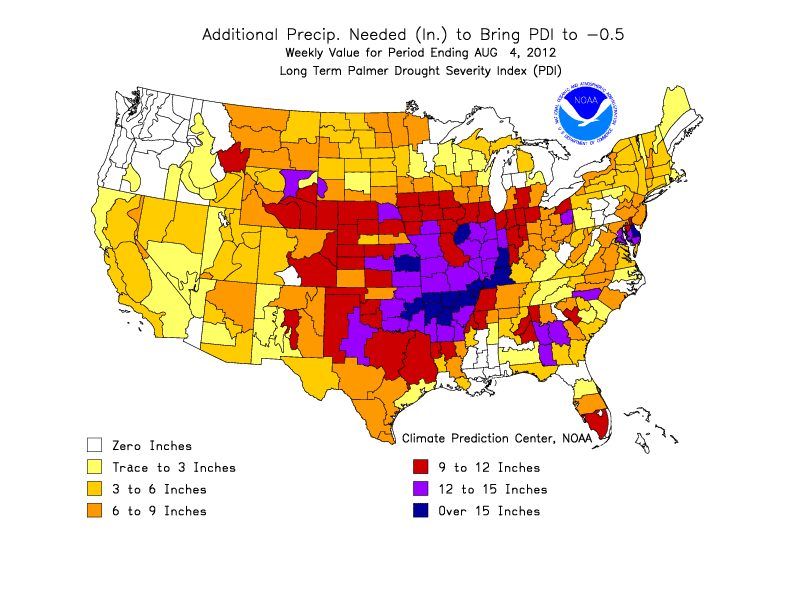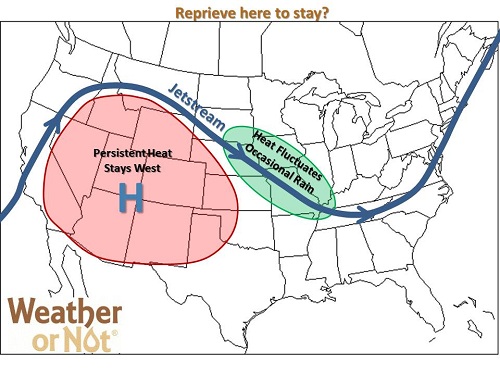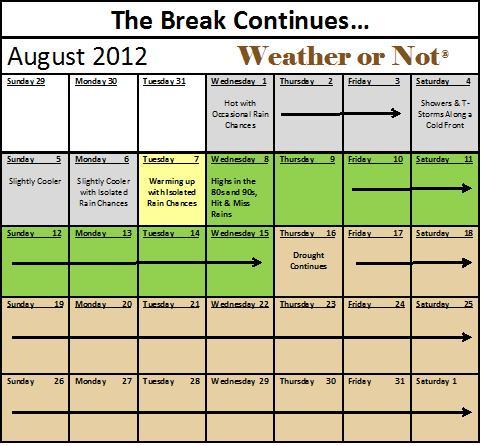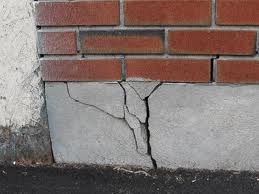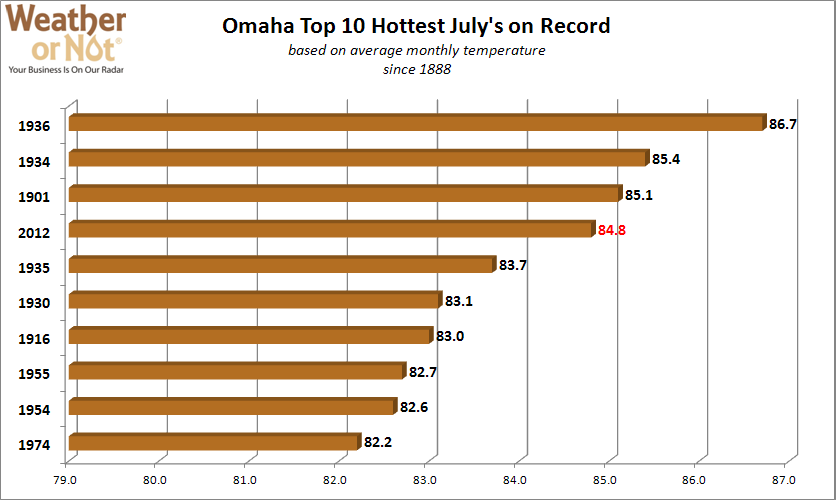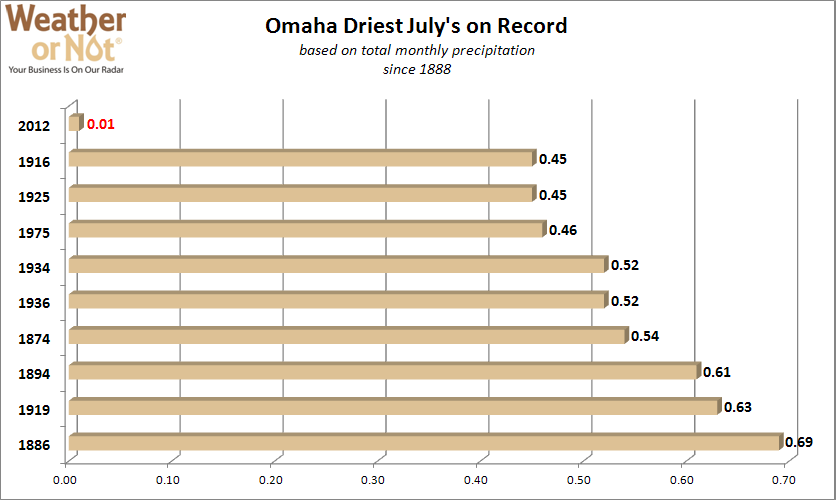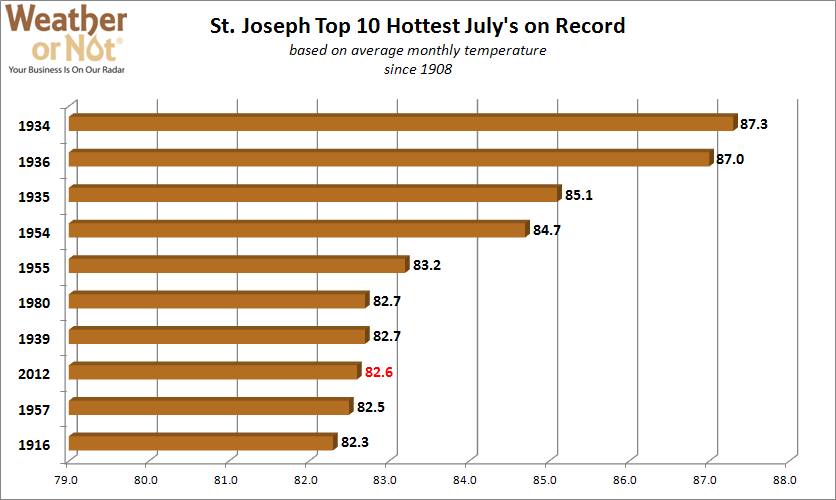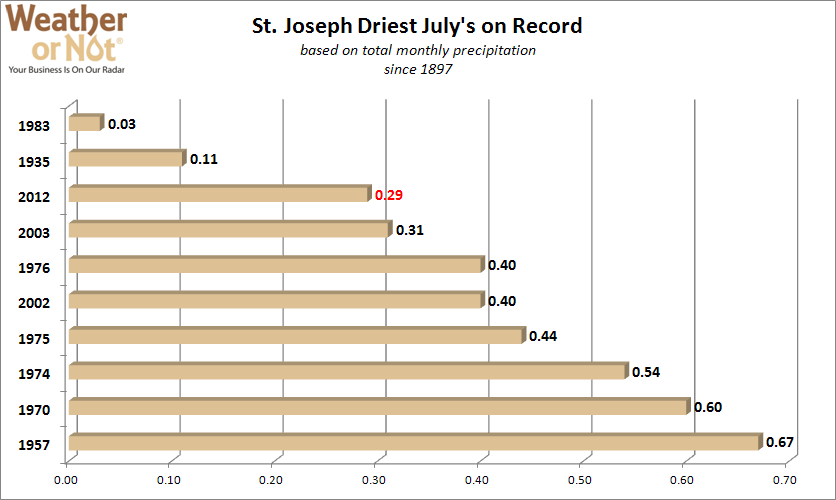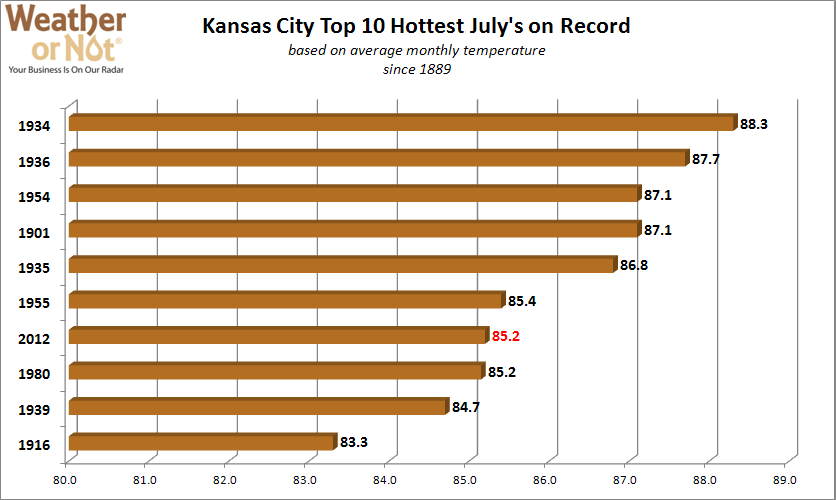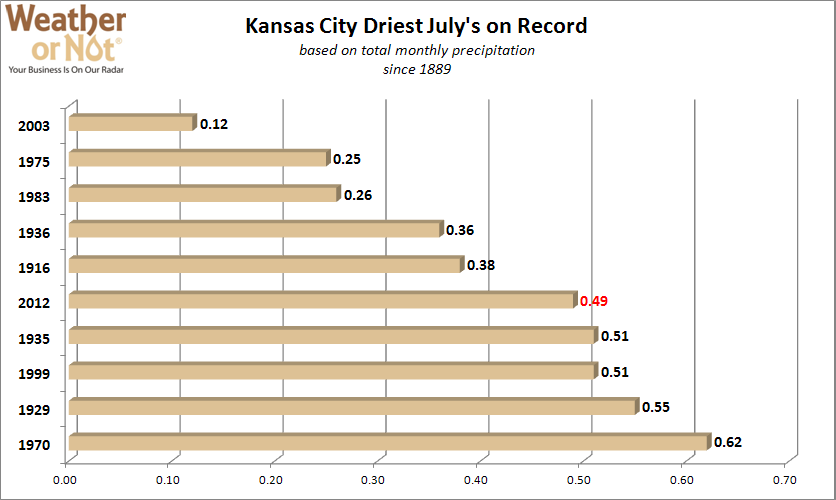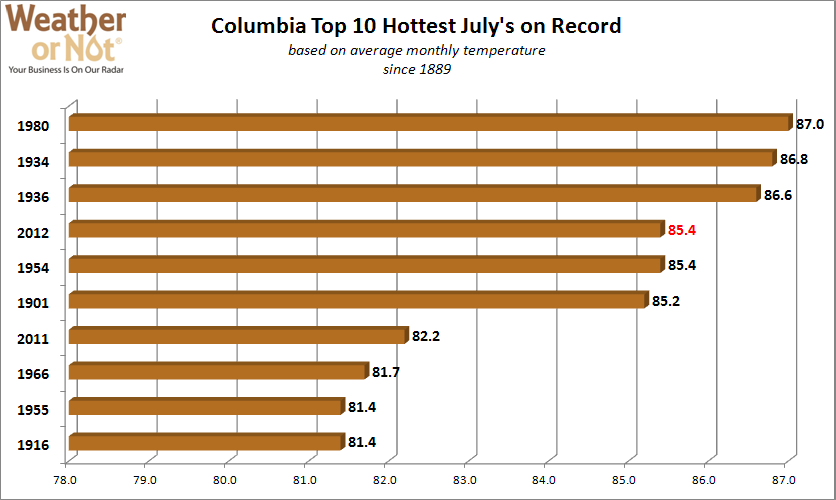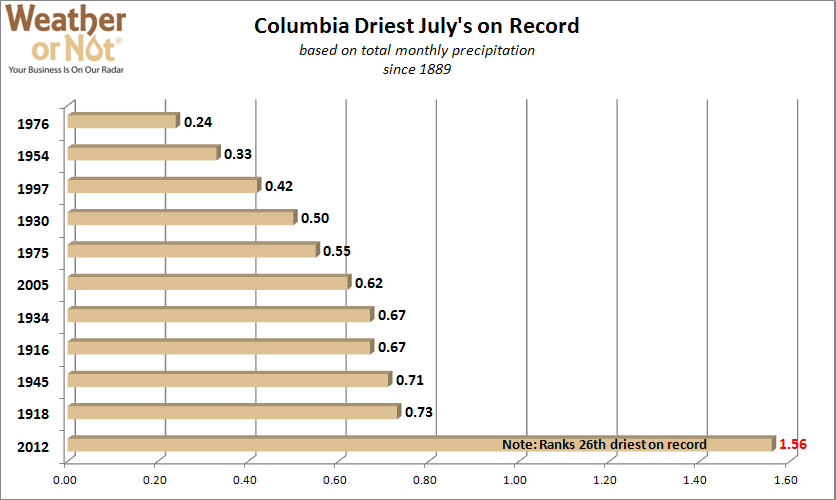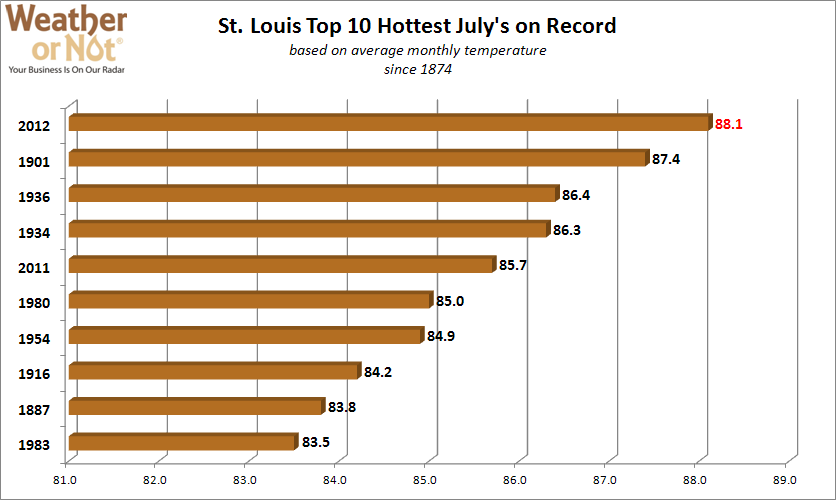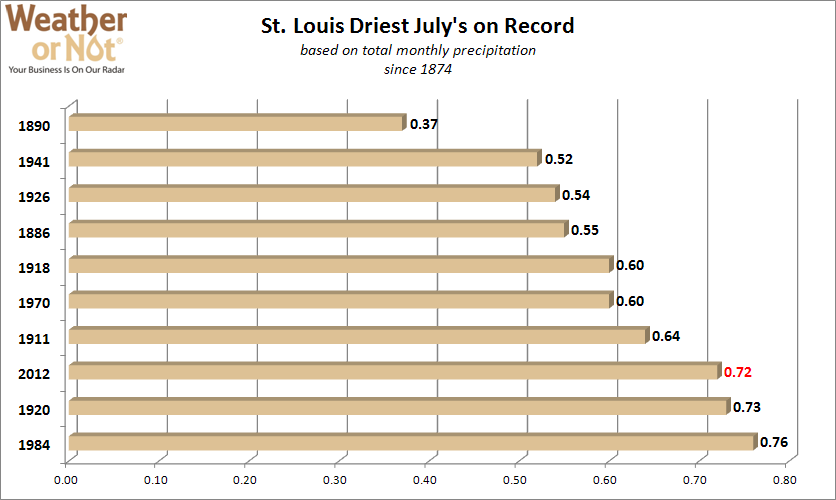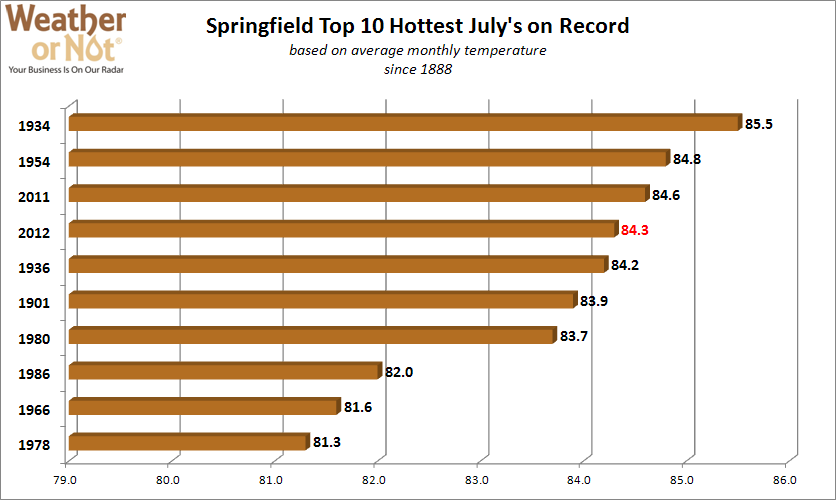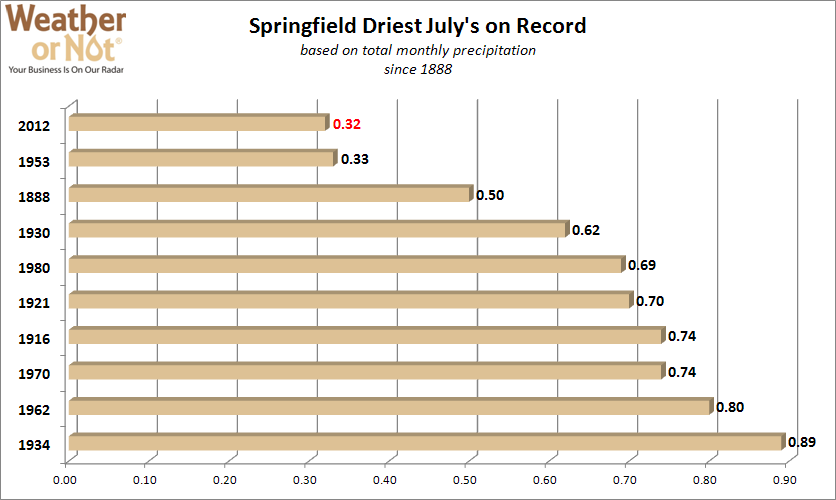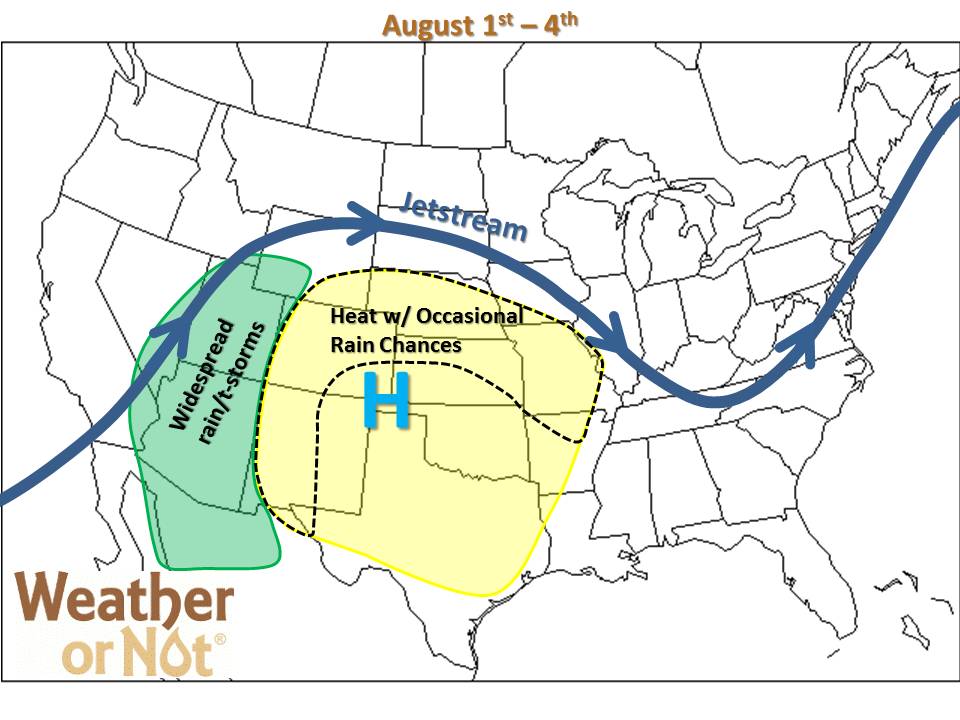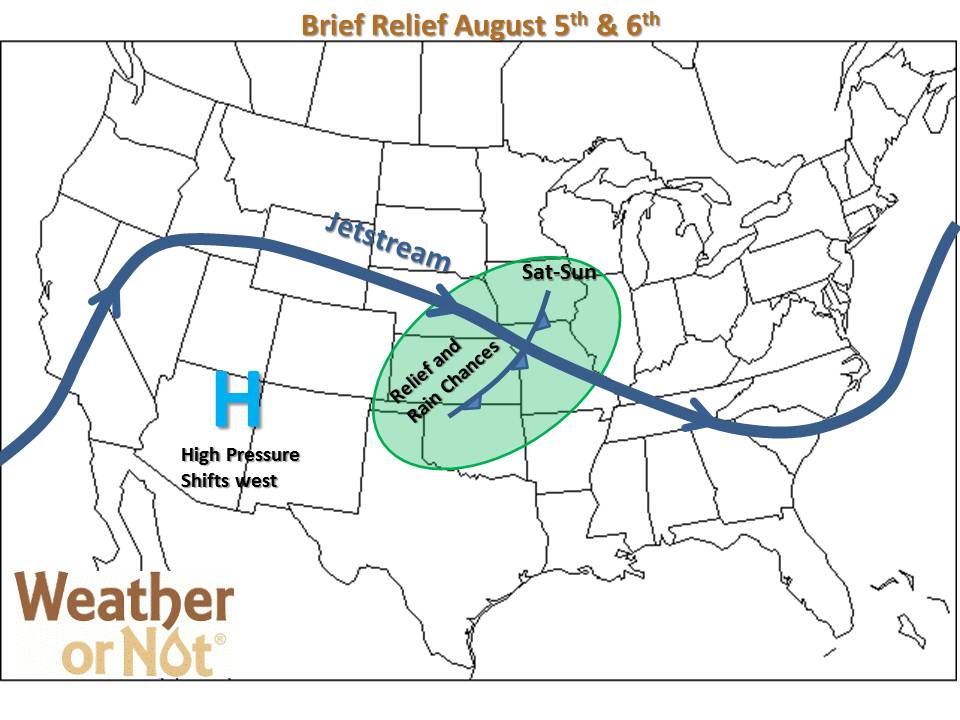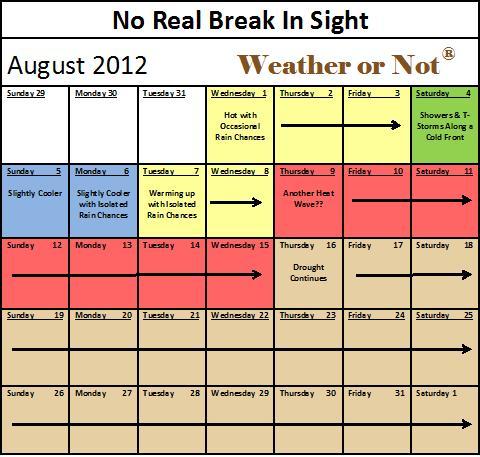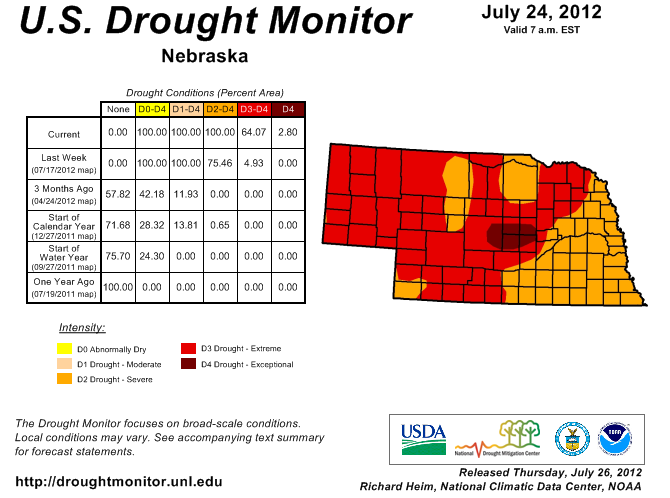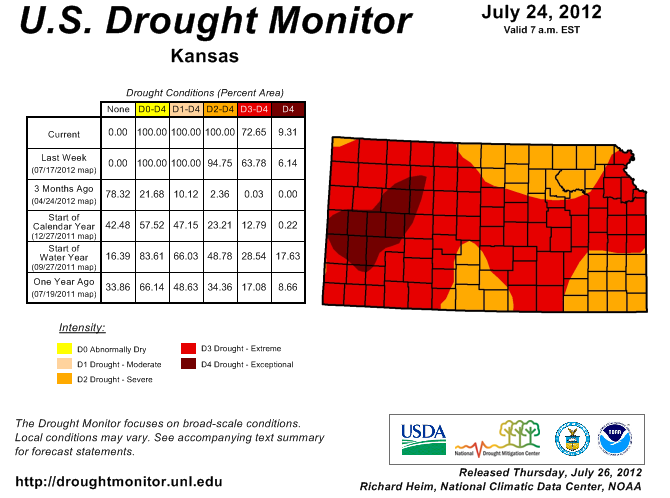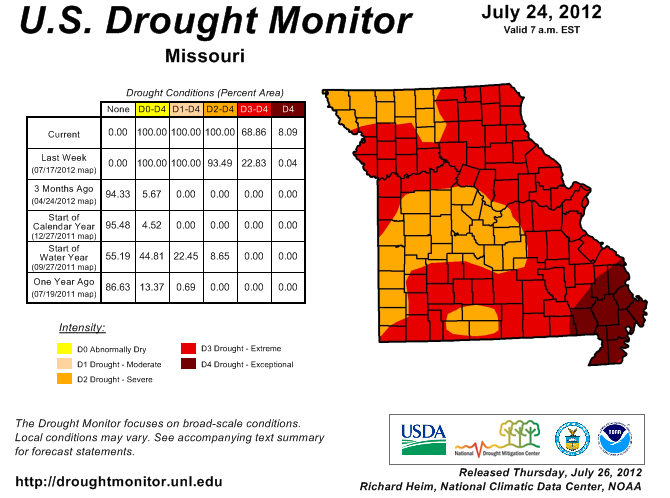
Clarkson Construction Project – I-435 & 69 Highway
There’s a 100% chance for record breaking attendance at any venue that conjures up a feeling of “cool and comfortable” during this heat wave. However, outdoor businesses and their workers are forced to strategically re-think their operations when the heat is on.
One business dramatically affected is highway construction. Specs for bridge deck work state that the air temperature cannot be above 90°, nor the concrete temperature above 85° when pouring. Other highway concrete work has a constraint that the concrete temperature be no greater than 90° when poured.
The options available to contractors under extreme heat are cumbersome and costly. One process many ready-mix plants throughout the steamy Midwest use is “watering” piles of aggregates with sprinklers before they get mixed. Drive by the 69 Highway Project in the KC area and you’ll see them using this “cooling” solution.
The most expensive and labor intensive option is buying ice to dump right into the concrete trucks. We’re not talking about a few cubes for your mint julep. The size and distribution of the ice means that contractors have to find special suppliers to get it into the trucks at just the right time and just the right mix to prevent “flash setting”. In other words, “mixing” is critical to concrete on its way to the job site. “Flash setting” in the truck would not allow for them to even pour it.
As expensive as a chilled water system or ice product is to contractors, they also have to manage their crews effectively. With crew safety in mind, Clarkson Construction Company won’t let labor crews work more than 8 hour days for a total of 40 hours a week during dangerously hot conditions. Big state work has crucial time frames though, so scheduling is an added pressure to running a successful highway construction business this time of year.
Helping our clients maximize their profits is what we do! We are proud to be “on the job” with these dedicated companies.
Disclaimer: 24/7 our team of meteorologists are in an air conditioned, state-of-the-art weather center.




